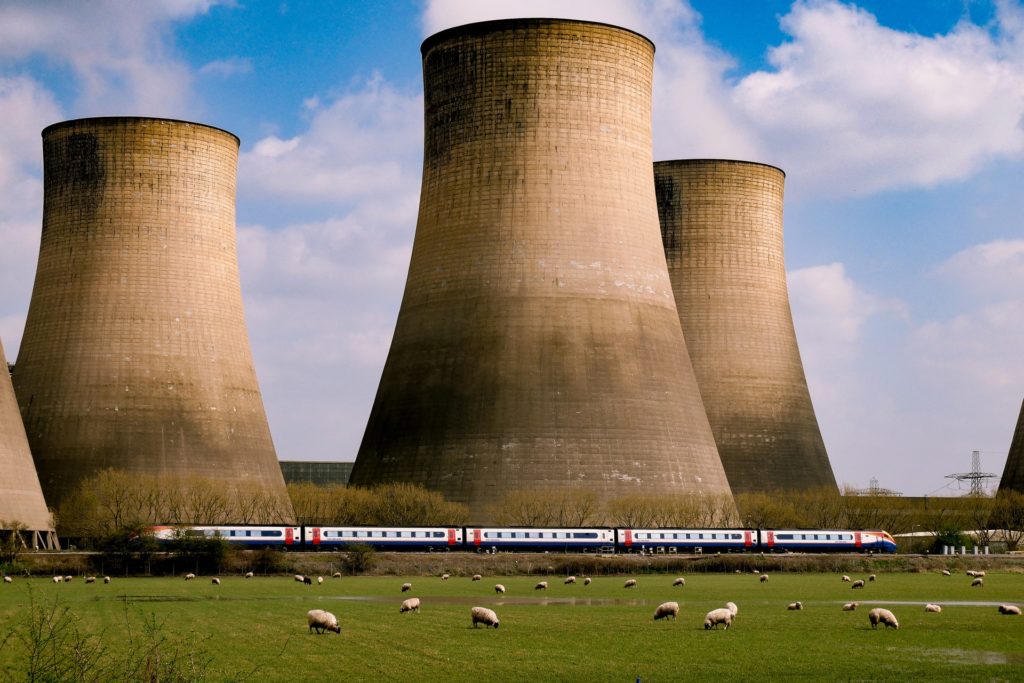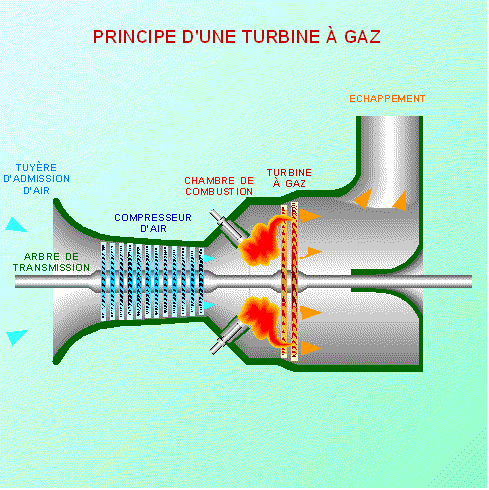
What do you know about gas turbine controls?
Here at AX Control, we focus a lot on gas turbine control systems. GE Speedtronic components make up a good bit of our inventory. Starting in the 1960s, Speedtronic components have set the standard for industrial turbine control. So we’ve learned a lot about gas turbine controls in our day-to-day operations as we’ve bought, sold, cleaned, and repaired these boards.
Here are some of the most common questions we hear.
What is meant by “turbine control” or a “turbine control system”?
The term “turbine control system” refers to anything designed to safely manage turbines in a reliable and safe manner. Control can occur through mechanical systems, electrical systems, or programmable controller systems.
In the case of complex industrial turbine systems, most use some sort of programmable control.
How do you shut down or start a gas turbine?
Different heavy-duty gas turbine systems have complicated start-up sequences. This is due to the number of auxiliaries and their ability to burn more than one fuel. So the following is the most basic framework and not to be confused with specific instructions for any particular system.
What are the three main components of a gas turbine?
Gas turbines take on a number of different designs to successfully achieve the goals of their different applications. They can be used for power generation, industrial processes, air travel, space travel, as well as locomotive and marine propulsion. Yet most gas turbines are iterations of the same three parts:

- The compressor. The compressor does exactly what you think it does: it compresses air. Compression pressurizes incoming air. This compression increases the speed and power of the air entering the combustion chamber. Compressors may be axial, centrifugal, mixed-flow, or free-piston.
- The combustor. Also known as the combustion chamber, burner, or flame holder. This is where combustion takes place. Combustors add energy to the system by combusting the fuel completely at high pressure and with uniform exit flow.
- The power turbine. This is the part of the system that turns exhaust gas into kinetic energy. See below for more information.
How do gas turbines produce energy?
Gas turbines use a mixture of heated fuel and air to spin the turbine blades. The spinning blades then drive a generator, which converts the kinetic energy into electricity. This is a multi-step process:
- The air and fuel mixture ignites. Compressed air mixes with fuel inside the turbine. This burns at a very high temperature, creating a hot gas.
- The gas spins turbine blades. The superheated air/fuel mixture causes the blades of the turbine to spin quickly.
- The spinning blades rotate the turbine drive shaft.
- Driveshaft rotation causes generator power. The attached rod turns a large magnet encircled by copper wire coils. The moving magnet lines up electrons in the copper coils.
- Moving electrons through the copper coils creates electricity.
How efficient is a gas turbine?
Gas turbine efficiency levels have continued to improve over the decades.
Early simple cycle gas turbines did not have high efficiency levels. Turbines from the 1940s, which used a simple cycle design, had efficiency levels that ran as low as 18%. Today’s simple cycle turbines have an efficiency of over 40%.
However, higher efficiency levels are achieved by combining gas turbines with steam turbines in what is called a combined-cycle power plant. This type of plant recycles the waste heat from the gas turbine–which can exhaust at temperatures over 600 degrees Celsius–and uses it to drive a nearby steam turbine. Combined cycle power plants can achieve gross efficiency as high as 63%.
What is a distributed control system?
Distributed control systems are used across industries for the supervision of complex processes. DCS systems efficiently coordinate production in a top-down fashion through a centralized computer network. Individual controllers located throughout the plant receive instructions from the DCS.
Before DCS systems, control systems went through many evolutions. Very early systems had local control panels dispersed throughout the plant close to their associated equipment. As technology developed, all panels moved to a centralized control room. However, the panels were still disconnected from each other and offered no interconnected control.
As microcomputers became increasingly available, however, distributed and connected control became a possibility. While industrial control computers date back to as early as 1959, they came into their own in the late 1970s and early 1980s.
Examples of DCS systems used with gas turbine systems include GE’s Mark V, Mark VI and Mark VIe.
AX Control maintains replacement parts for all Speedtronic turbine control systems, including the GE Mark IV, the GE Mark V, and the GE Mark VI. Let us know if you need help with anything!

You must be logged in to post a comment.